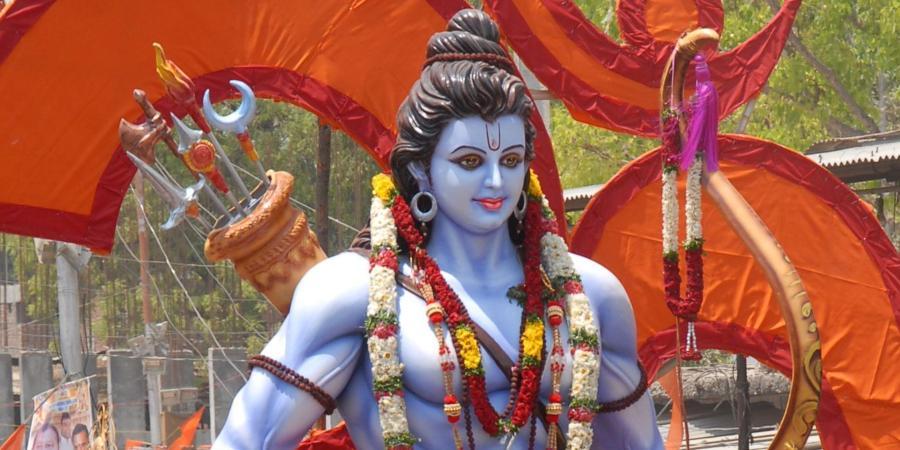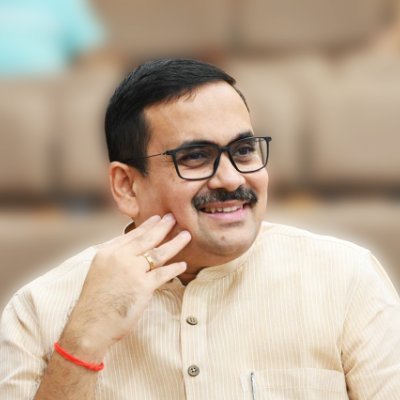India’s spiritual corpus is vast, it extends beyond the oceans, it cuts across political limitations.
India’s spiritual corpus is vast, it extends beyond the oceans, it cuts across political limitations. By rejecting our spiritual heritage, by not linking it with the frame of our activity, by trying to substitute for it a different corpus, by narrowing it down, the greatest injustice is done by trying to negate history… Our mental darkness can be illuminated, our weaknesses can be greatly reduced, our future can be strengthened by recapturing the image of cultural India,” wrote Dr Raghu Vira, one of the greatest civilisational scholar-thinkers.
Post-Independence, the educational and political milieu and systems that we adopted and implemented generated a rejection of our spiritual heritage. It did not link it to the frame of our national activity and did not shape or direct our national goals. The education that was forced upon us pre- and post-Independence, was an education, to borrow a phrase from India’s immortal cultural philosopher Ananda Coomaraswamy, which destroyed, “in the great majority of those upon whom it (was) inflicted, all capacity for the appreciation of Indian culture.”
Discussing education, KM Munshi argued that the “most dangerous feature of modern education in India is its tendency to induce an inferiority complex in us… If we were taught anything about our own country and culture, it was with an arrogant and hypercritical attitude…”. Seventy two years ago in one of his last public messages, Sri Aurobindo had sounded a note of caution for newly independent India’s policy makers and drivers. He had spoken of the danger of India throwing away her spiritual heritage at the “very moment when in the rest of the world there is more and more a turning towards her for spiritual help and a saving light.”
In fact, free India’s education system did not absorb from the education systems and thought of its intellectual and spiritual giants. It failed to consult their experiences and thoughts. It adopted a system which created an entire class that actively worked, among other things, to reject India’s spiritual heritage and thrived on “repudiation and wholesale imitation.”
As philosopher Ram Swarup argued, this class disowned their “nationhood and their culture” and promoted the narrative of cultural alienation. Since members of this class increasingly controlled levers of power, managed the avenues of information dissemination, dominated academic institutions and research centres, since they captured and regulated the windows and gateways through which the world saw, examined and understood India, they succeeded in generating worldwide a skewed understanding and interpretation of the spiritual and religious habits, sense and aspirations of India’s majority.
India’s cultural awakening post-Independence, especially after 1950, has been a struggle, a tussle between forces that aspired for India’s true cultural and spiritual (adhyatmic) awakening and recognition, and those viciously opposed to it. They opposed it, since the awakening of Bharat, would be a setback to the working out on the Indian soil, of their imported, second-hand and artificial political and social theories. The attempt to throw away India’s spiritual heritage has seen persistent and often violent expressions in the last many decades since Independence. The attempt has often received official patronage and has been expressed through an intense disdain for the expressions of faith of the majority of Indians.
An alienating education and a political class, majority of whose members displayed an allergy towards cultural India, for whom India’s awakening meant only a materialistic and utilitarian rise and for whom the faith of the majority was only a vast and jumbled mass of superstitions that had to be either done away with or denigrated, plagued India. In the name of resisting an imaginary “majoritarianism”, the choicest expletives and abuse were often heaped on those who spoke of the right to express the many dimensions of the faith of the majority of Indians.
An imported narrative and structure of secularism came to mean in India, anti-Hinduness and opposition to the cultural essence of the country. It was this which made Nehru oppose the reconstruction of the Somnath Temple initiated by Sardar Patel and KM Munshi, and in later years it was this approach which made the Congress, communist parties, their intellectuals and leaders spite the aspiration for reconstructing the Ram Mandir in Ayodhya. This attitude drove these elements to oppose all attempts to work out a solution to the issue.
When the Shilanyas for the Ram Mandir was done on November 9, 1989, Ram Swarup had referred to it as a date which was as important as August 15, 1947, it signified that Hindus, long denigrated, were beginning to recover their ‘Atma-smriti’, ‘their self-identity, their confidence’. Over the next three decades, till August 5, 2020, the path was arduous, but a tenacious will saw one through. Deracinated gate-keepers of India’s national narrative eventually lost out to the collective aspirations and persistence of the majority.
At Ayodhya, Prime Minister Modi spoke of the selfless sacrifices for centuries by several generations for the construction of the Ram Temple. It will be, he said, a “modern” symbol of our culture, it will symbolise, epitomise “eternal hope” and our national feeling, and will be the symbol of the united will power of India’s millions and inspire “hope, devotion and determination in the minds of future generations.”By bowing before Sri Ram in Ayodhya, Modi convincingly defeated the rejectionists and repudiationists, and the soul of a nation triumphed.
(The writer is the Director of Dr Syama Prasad Mookerjee Research Foundation)
Image Source: https://images.newindianexpress.com
(The views expressed are the author's own and do not necessarily reflect the position of the organisation)


